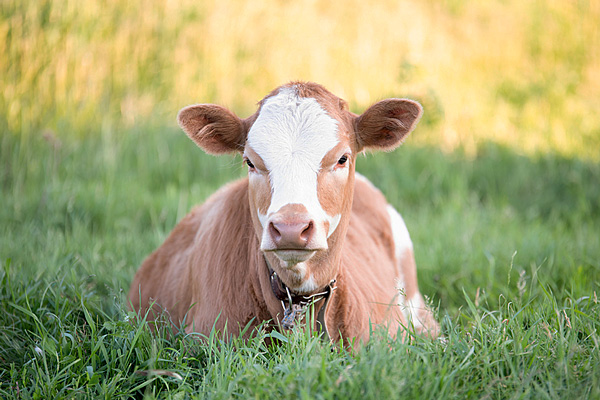Rabobank: Global aquaculture production growth will exceed that of other proteins such as pork and beef in 2024
Animal protein companies face declining profitability as production growth is expected to continue, but at a slower pace. Input costs will decrease, but producers will need to adapt to structural changes in market conditions, Rabobank forecasts. Poultry and aquaculture production to show moderate growth, but beef, pork and wild seafood are likely to decline.

According to Rabobank's annual Global Animal Protein Outlook report, the growth of animal protein production will slow down as profitability remains low in 2024, and producers and processors will have to adapt for sustained success
After four years of growth in animal protein production worldwide, in 2024 the growth rate of some species will slow down or even decrease, Rabobank predicts.
This shift take place as producers and processors focus on reducing profitability due to structural changes in market conditions. Higher production costs and reduced supplies will push animal protein prices up and limit global consumption in 2024.
Input costs and inflation are likely to decrease, but remain at a higher level than before the pandemic. There are also signs that consumers are getting used to higher prices and in some markets are willing to pay more for quality.
Some market changes seem to be permanent, Rabobank notes. Demographic shifts will lead to a tightening of the labor market and higher production costs, while a reduction in population growth will slow down consumption.
Elsewhere, it will be necessary to invest in upgrading production systems to serve emerging market needs, meet regulatory requirements and meet changing consumer preferences for sustainable development. Adverse weather conditions and diseases also present problems.
Justin Sherrard, global animal protein strategist at Rabobank, said: "The fact that they continue to ramp up production and meet customer expectations in such challenging market conditions is testament to the resilience and flexibility of companies in animal protein supply chains.
Even though the cost-of-living crisis is putting pressure on consumer finances, demand for animal protein persists, and companies have been able to overcome challenges, from high costs to regulatory uncertainty and disease, to capitalize on it.
For companies to maintain the success of the last few years, it is important that they adapt to structural changes in the market. Instead of just waiting out the storm, animal protein companies need to take stock of their strengths and prepare to shift their supply chains to work in an environment of high costs and limited profitability.
Companies should redouble their efforts to improve their productivity, review their existing portfolios, strengthen supply chain partnerships, increase investment in new product development and adjust their pricing strategies to meet the challenges of the coming year."
Source: meatinfo